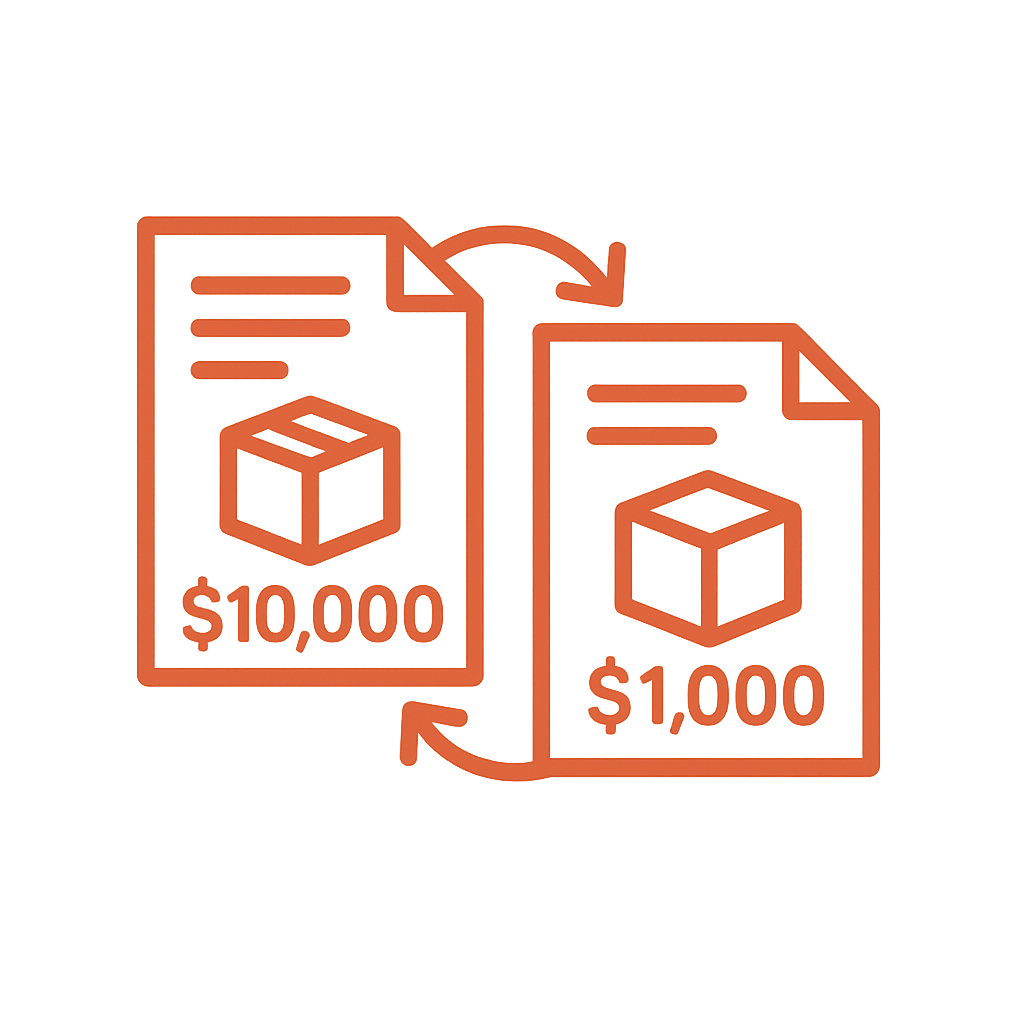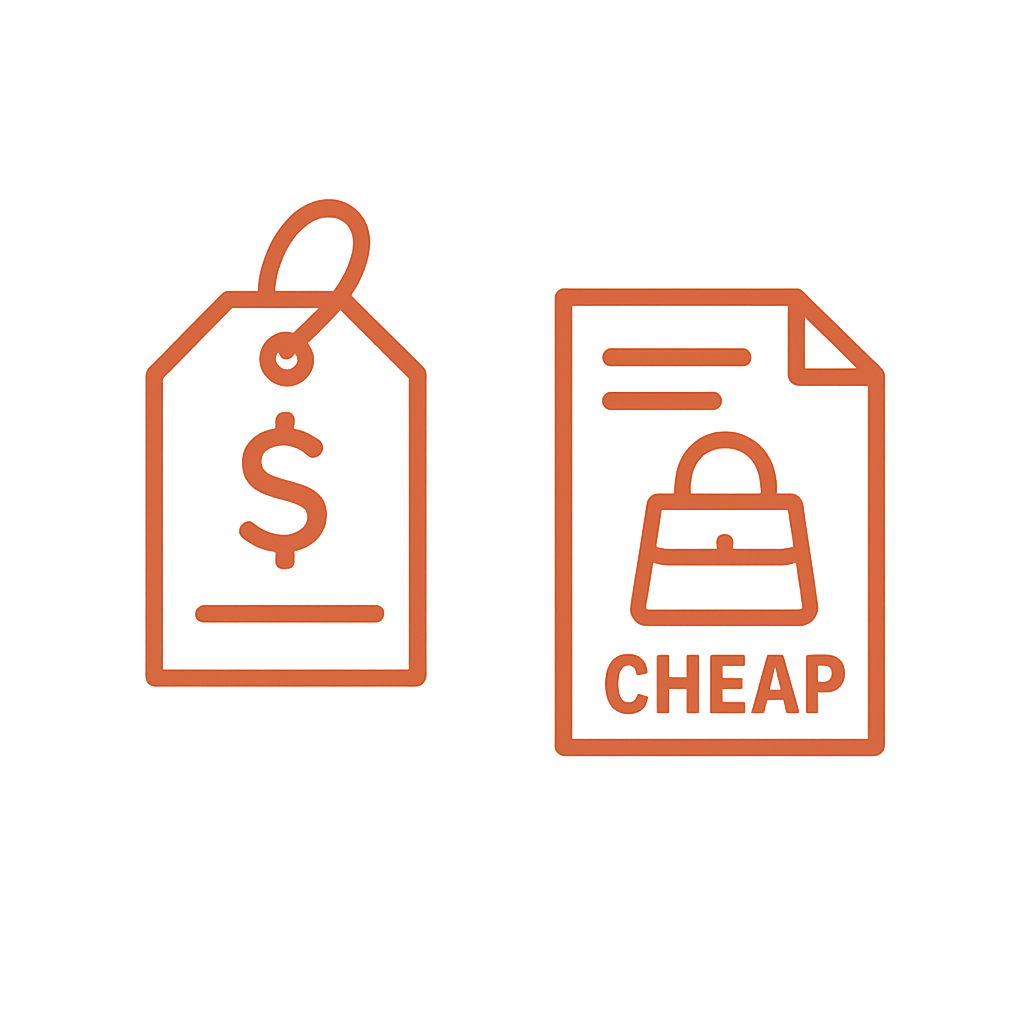Hiding in plain sight the hidden link between
finance and human harm
Trade-Based Money Laundering
Trade-Based Money Laundering (TBML) is one of the most complex and overlooked forms of financial crime — enabling everything from human trafficking to drug smuggling by disguising illicit funds as legitimate trade.
Behind every manipulated invoice or fake shipment may lie exploitation, coercion, and violence. This site explores how TBML works, why it matters, and what can be done to stop it.
Why It Matters (Human Impact)

The impact of TBML is not just economic - it's deeply personal, affecting countless of lives globally
TBML makes illegal money appear to stem from legitimate trade enabling criminal enterprises to operate, expand, and evade detection. It’s the mechanism behind some of the world’s most devastating illegal activities:
- Human Trafficking
- Drug Trafficking
- Terrorist Financing
- Corruption and Bribery
- Tax Evasion
- Sanctions Evasion
- Securities Fraud
- Trafficking in Counterfeit Goods
- Illegal Wildlife Trade and Evironmental Crimes
When TBML goes undetected, it enables exploitation on a global scale.
"Every year, hundreds of billions of dollars are laundered through trade, yet it is one of the least understood techniques."
What is Trade-Based Money Laundering (TBML)?
Trade-Based Money Laundering (TBML) is the process of disguising criminal proceeds by moving value through trade transactions. Criminals manipulate invoices, shipping documents, or trade routes to make illicit money appear legitimate — all under the cover of real or fake global commerce.
It’s complex, under reported – and growing.
FATF defines TBML as:
“The process of disguising the proceeds of crime and moving value through trade transactions to legitimize their illicit origins.”
Over or under Invoicing

Declaring fake prices to shift value
Phantom
shipments

Invoices with no actual goods
Mislabelled
goods

Cheap items disguised as luxury products
Multiple
invoicing

Getting paid several times for the same shipment
Understanding Trade-Based Money Laundering (TBML)
This short video from BAFT (Bankers Association for Finance and Trade) offers a powerful introduction to Trade-Based Money Laundering—how criminals exploit legitimate trade flows to disguise illicit funds. As global trade grows in scale and complexity, TBML has become one of the most difficult forms of financial crime to detect. This video helps explain the mechanisms, risks, and red flags of TBML in a way that’s accessible for professionals across finance, compliance, and law enforcement.
Red Flags and Typologies
Trade-Based Money Laundering (TBML) hides in plain sight.
Criminals exploit legitimate global trade systems to disguise illicit funds—often from human trafficking or drug smuggling. Spotting the red flags is the first step toward breaking these networks.
Common Red Flags
- Inconsistent trade patterns: Unexplained shifts in trading partners, sudden high-value transactions, or goods shipped through illogical routes.
- Invoice discrepancies: Over- or under-invoicing, vague product descriptions, or mismatches across documents like shipping forms and letters of credit.
- Unusual counterparties: Shell companies, secrecy jurisdictions, or entities with no online footprint or business rationale.
- Financial anomalies: Payments made by unrelated third parties, circular fund movements, or disproportionate financing for low-value goods.
- Behavioural indicators: Refusal to provide documentation, reluctance to explain transaction terms, or evasiveness in due diligence checks.
When Red Flags Link to Human Trafficking
- Minimal or missing labour costs:: Especially in labour-heavy industries like textiles or agriculture.
- Untraceable labour providers: Payments made to shell entities with no staff or online presence.
- Generic or bulk invoices: Vague “consulting” or “labour support” with no details
- Payroll mismatches: 100 workers on-site, but records for only 10
- Off-book staffing routes: Third-party contractors from high-risk trafficking regions
Real World Case - Chennai TBML Scheme – Convictions for Fictitious Electronics Imports
In September 2024, a special court in Chennai, India, convicted Abdul Haleem and six others for laundering approximately ₹120 crore (around $14 million USD) through fictitious electronics imports. The scheme involved creating shell companies that generated fake invoices for importing electronics from Hong Kong. No actual goods were imported; instead, the transactions were used to justify the outward remittance of funds under the guise of legitimate trade. The Enforcement Directorate uncovered the operation by analyzing hard drives and financial records, leading to multiple convictions under the Prevention of Money Laundering Act (PMLA).
TBML Red Flags Identified:
Use of shell companies with no genuine business operations.
Invoices for high-value electronics imports without corresponding goods.
Remittances to high-risk jurisdictions under the pretense of trade.
Lack of shipping documentation or evidence of goods movement.
Why This Matters
Detecting TBML isn’t just about stopping financial crime — it’s about intercepting the cashflows that sustain human trafficking, drug smuggling, and modern slavery. With global trade exceeding $24 trillion annually, even a small percentage diverted by criminal actors has devastating human consequences.
Application
These red flags form the basis for AI detection tools, enhanced due diligence programs, and public-private partnerships. When monitored and acted on, they help:
Identify Criminal Networks

AI-driven anomaly detection helps expose hidden laundering routes
Protect Trafficking Victims

Following the money trail can lead to real-world victim rescue
Safeguard Global Trade

Red flag monitoring ensures compliance and protects legitimate business.
Can TBML Be Detected?
Fighting TBML Requires Intelligence and Technology
Trade-Based Money Laundering (TBML) is designed to blend in — hidden in the noise of $24 trillion in annual global trade. Yet detecting it is critical: TBML finances some of the world’s most harmful crimes, including drug trafficking, terrorism, and human exploitation.
Detecting the Undetectable
TBML thrives on complexity. It uses fake invoices, phantom shipments, shell companies, and circuitous trade routes to move illicit money while appearing legitimate. But it does leave clues. Investigators look for red flags such as:
Goods priced well above or below market value
High-volume trade inconsistent with a business’s size
Unusual shipping routes or third-party payments
Invoices with vague or contradictory descriptions
A 2024 Interpol operation uncovered a TBML network laundering proceeds from human trafficking by over-invoicing rice shipments — a reminder that even essential goods can hide criminal finance.
Collaboration
Stopping TBML requires a coordinated, cross-border effort. Financial institutions, regulators, and AI-powered platforms together can help turn the tide. Prevention depends on:
- Advanced Transaction Monitoring: TBML detection requires understanding the nuances of trade — not just numbers on a screen. Advanced tools are helping analysts detect anomalies, connect patterns, and flag risk. Some platforms are leading in the use of AI to spot TBML at scale.
- Public-Private Partnerships:Banks, customs, and shipping companies sharing intelligence increases early detection.
- Risk-Based Regulation: FATF guidance encourages nations to focus scrutiny on high-risk sectors and jurisdictions.
- Trade Transparency Units: Specialized teams combining financial and trade data to identify laundering patterns.
Technology is only part of the answer. In a world of fragmented oversight and inconsistent enforcement, collaboration is the true force multiplier.
